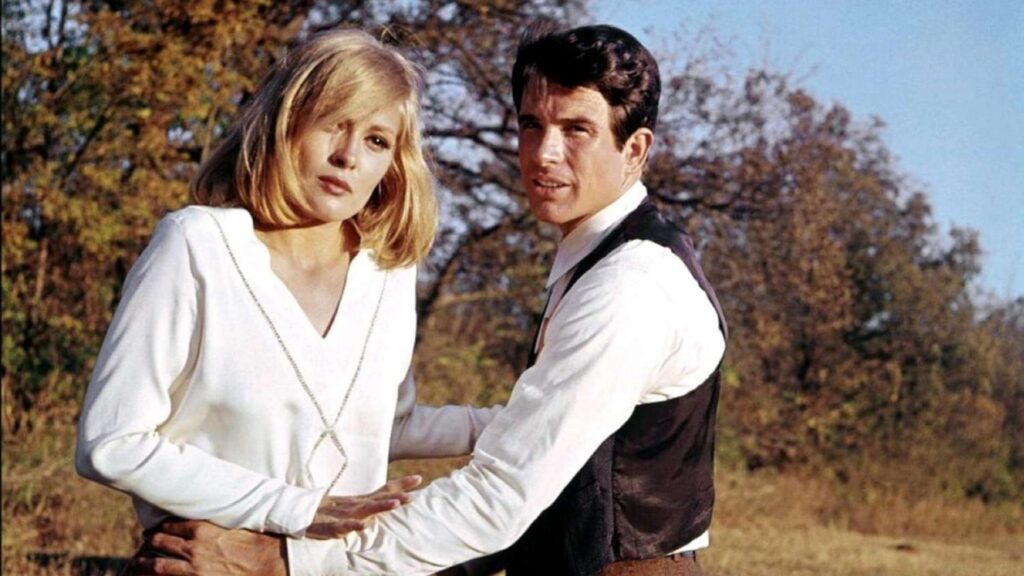The arrival of ‘Bonnie and Clyde‘ came at a time when Hollywood was already changing, but no one expected how quickly things would shift after its release. Set during the Great Depression and focused on two young outlaws who refuse to follow the rules, the film immediately felt different from anything audiences had seen before.
Viewers sensed that something big was happening, even if they didn’t yet know how much the movie would shake up the industry.
The 1967 Release That Defied Hollywood’s Safe Formula

For more than 50 years, Golden Age Hollywood controlled how films were made. Its style used smooth editing, avoided controversy, and kept stories clean and simple. Directors like Alfred Hitchcock and John Ford showed that this approach could still make great movies that earned money, but younger audiences in the 1960s wanted something more daring. By the middle of the decade, it became clear that the old way of filmmaking was struggling to survive.
Related: The Forgotten Feminist Pioneer Who Inspired The Wizard Of Oz’s Witches
Released in 1967 and directed by Arthur Penn, ‘Bonnie and Clyde‘ followed Bonnie Parker and Clyde Barrow as they traveled across the Central United States with their gang, robbing banks and killing people along the way. Their story ended in a shocking police ambush, which became one of the most violent endings ever shown at the time. Even though many people criticized the film, it earned $70 million on a small $2.5 million budget and became one of the year’s biggest hits.
The movie announced its new style right from the first scene. Bonnie appeared sans clothes in her bedroom, without showing any actual sexual scenes, and the moment felt like a bold statement. While staring out the window, she noticed Clyde trying to steal her mother’s car. She scolded him but still agreed to walk with him into town, creating a romance that used a familiar Hollywood idea in a very unusual way. The editing also stood out, jumping through time with quick cuts rather than hiding them.
How ‘Bonnie And Clyde’ Revolutionized Cinema

One of the most famous parts of the film came from its graphic violence. Before this, Hollywood usually showed gunshots without blood, and actors simply fell over as if pushed by a breeze. Bonnie and Clyde changed that. The production used squibs and fake blood to make every bullet impact look painful and real. Critic Stephen Prince later said the movie broke the “last taboo” by showing violence in full detail.
This was most obvious in the final ambush, where the film showed Bonnie and Clyde being torn apart by bullets with no attempt to soften the moment. For audiences who were used to cleaner endings, it was shocking. In comparison, the classic noir Out of the Past also ended with a police attack, but it avoided showing blood and left the violence to the viewer’s imagination. Earlier films followed the rules of the Hays Code, which demanded clear morals and careful presentation. Bonnie and Clyde had no such limits and introduced a new visual style that influenced movies throughout the next decade.
In case you missed it: Top 25 Best Crime Drama Shows, Ranked
The violence also supported a bigger idea. For decades, American movies showed morality in simple terms. Heroes stayed good, villains stayed bad, and everyone received a fitting ending. International films, like the French New Wave and Italian Spaghetti Westerns, had already moved toward moral uncertainty. But American studios held back. When Baby Boomers reached adulthood, that hesitation became a problem instead of a strength.
The film made its strongest impact by refusing to look at the past. Bonnie and Clyde broke the law, robbed banks, and killed people, yet the movie treated them with sympathy. This forced viewers to question how they felt about the couple, especially during the final scene. It could seem like justice or tragedy, depending on the person watching. Younger audiences connected with that attitude, and the movie’s success opened the door.





